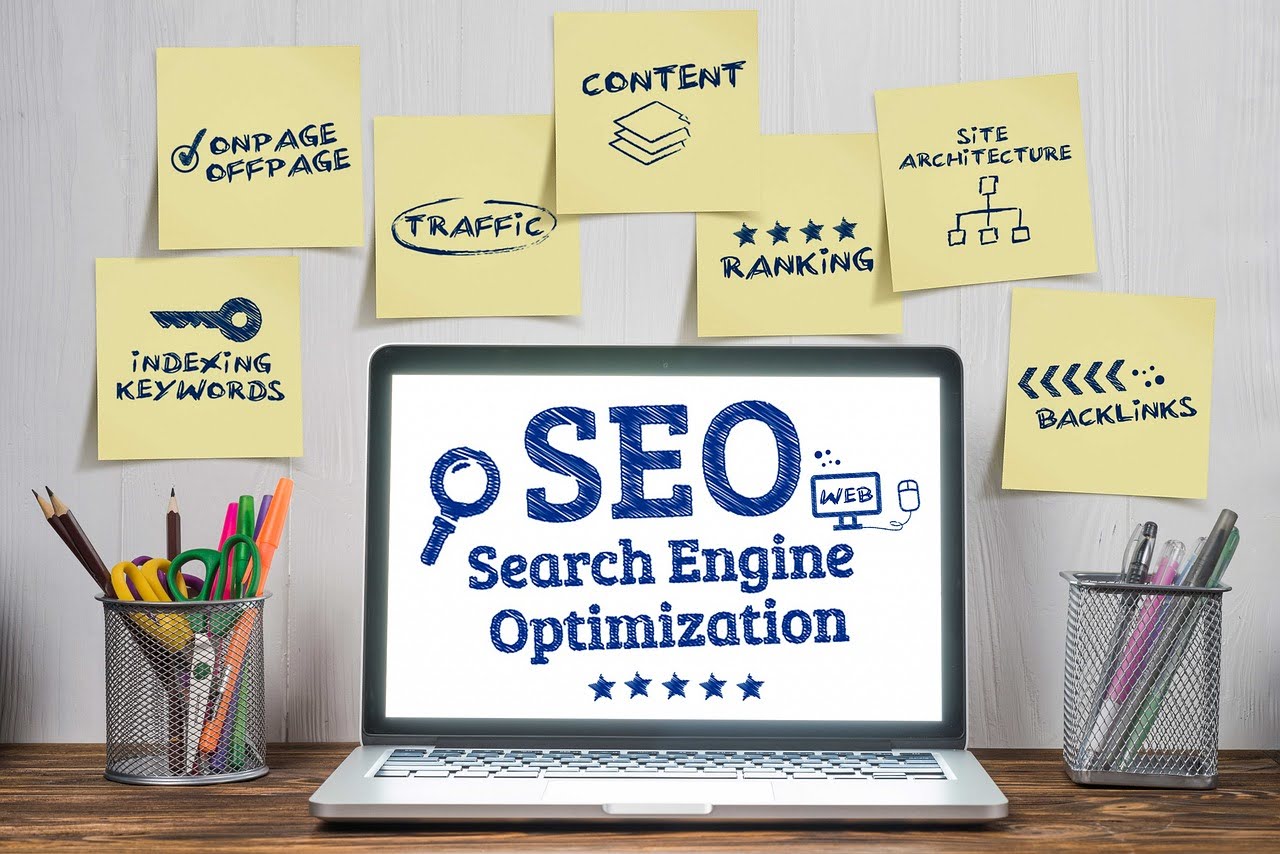|
|
|
|
Peed and enhances SEO
1. Why Does PageSpeed Matter for SEO?PageSpeed plays a crucial role in SEO rankings because search engines like Google prioritize user experience. Websites that load faster offer a better experience, leading to lower bounce rates and higher engagement metrics. Google has explicitly stated that site speed is a ranking factor for both desktop and mobile searches. A faster website enhances crawl efficiency, allowing search engines to index more pages within a given time frame. This can lead to better overall SEO performance, especially when competing for top positions in search engine results pages (SERPs). 2. Key Factors That Slow Down Your WebsiteSeveral common issues can significantly impact your website's load times. Large image files, excessive HTTP requests, non-minified CSS or JavaScript, and outdated server technologies can all be culprits. Additionally, bloated databases with redundant or unnecessary data can dramatically increase server response time. Every time a user accesses your site, the server processes a query to the database. If this process is inefficient, it slows down the entire page load process. Addressing these speed bottlenecks is essential for improving both user experience and SEO rankings. 3. The Role of Databases in Website PerformanceDatabases are the backbone of dynamic websites, storing all the content, product information, and user data. Each time a page loads, the server queries the database to retrieve the necessary data. However, if the database is not optimized, these queries take longer, causing delays in the page load time. Factors like unindexed tables, inefficient query structures, or unnecessary data clutter can severely hamper site speed. Optimizing your database reduces the time required to retrieve information, thus improving the overall performance of your website. 4. How Database Optimization Boosts PageSpeedDatabase optimization can dramatically enhance your website’s speed. Techniques such as indexing, query optimization, and caching can reduce the time it takes for the server to retrieve data. By indexing frequently accessed tables, you ensure the database locates information more efficiently. Optimized queries, which eliminate unnecessary calls, further reduce processing time. Another essential method is implementing caching strategies, which temporarily store frequently requested data, minimizing the need for repeated queries. These improvements collectively enhance PageSpeed, leading to better SEO outcomes. 5. Common Database Issues Affecting SEOMany database-related issues can negatively affect SEO performance. One frequent problem is unindexed tables, which slow down query retrieval times. Duplicate or redundant data also burdens the server, requiring additional time and resources to process. Poorly structured queries result in slow response times, creating bottlenecks in content delivery. Moreover, if your database is not regularly maintained or cleaned, over time, it can accumulate “dead weight” — obsolete data that slows down operations. These inefficiencies lead to slower load times, which ultimately hurt your SEO rankings. 6. Best Practices for Database OptimizationTo optimize your database for speed and performance, several best practices should be followed. First, ensure your tables are appropriately indexed to allow for faster data retrieval. Minimize the use of overly complex queries by breaking them into smaller, more efficient ones. Periodically clean up unnecessary data, like outdated records or logs, to reduce database size. Use caching to store frequently accessed data temporarily, reducing the need for repetitive queries. Finally, consider upgrading your database management system or hosting environment for better scalability and performance. 7. Tools for Measuring PageSpeed and Database PerformanceA variety of tools can help you assess and improve both PageSpeed and database performance. Google PageSpeed Insights and GTMetrix are two popular tools for analyzing site speed and identifying areas of improvement. For databases, tools like MySQLTuner and phpMyAdmin offer insights into query performance and help identify bottlenecks. These tools provide real-time analytics on query execution times, slow logs, and potential optimizations. By regularly monitoring your website’s performance, you can ensure that your database remains optimized and continues to enhance your PageSpeed and SEO results. 8. The Long-Term SEO Benefits of Database OptimizationThe long-term SEO benefits of database optimization are substantial. A well-optimized database leads to faster page load times, which improves user engagement and reduces bounce rates. As a result, your website may rank higher in search engines, bringing in more organic traffic. Furthermore, efficient database operations reduce server load and hosting costs. Regular database maintenance and optimization ensure consistent site performance, helping you stay competitive in SERPs. In the long run, these efforts translate to sustained SEO success and a better user experience overall. Comparison Table
© 2003-6, Ken North Computing, LLC. All rights reserved.This page was last updated on 22-Dec-2007 . |
|
|
|